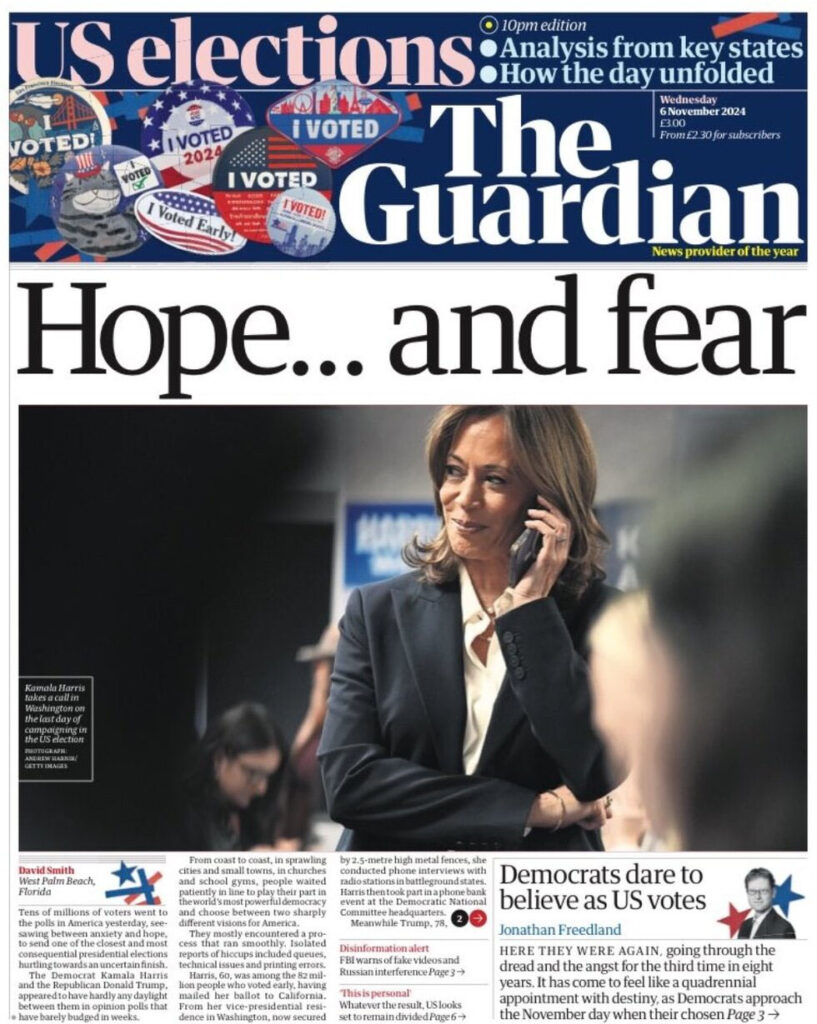This is a targeted CSP for which you will need to focus on the following areas of the theoretical framework:
- Media Industries
- Media Audiences
You will need to be familiar with the Daily Mail newspaper as an institution and have knowledge and understanding of the newspaper as a media product in terms of the relevant newspaper industry and audience issues it illustrates. In order to develop this knowledge and understanding, you should consider one complete print edition of the newspaper chosen by your teacher and selected key pages from the newspaper’s website, including the homepage and at least one other page as context for the role of newspapers in the contemporary media landscape.
The study of The Guardian newspaper entails knowledge and understanding of its institutional structure and strategies to target a national and global readership as well as its position within the newspaper industry. Students should be familiar with one complete print edition of the newspaper (chosen by the teacher) and selected key pages from the newspaper’s website including the homepage and at least one other page. The study of the digital presence of The Guardian is an important context for analysing the position of newspapers in the contemporary media landscape.
For more details, information and starting point, please look closely at your CSP booklet.
The CSP is from Wednesday 6th November 2024. I have 10 copies of each in the class, but you will save articles, quotes, ideas etc from the on-line version on the actual day itself.



